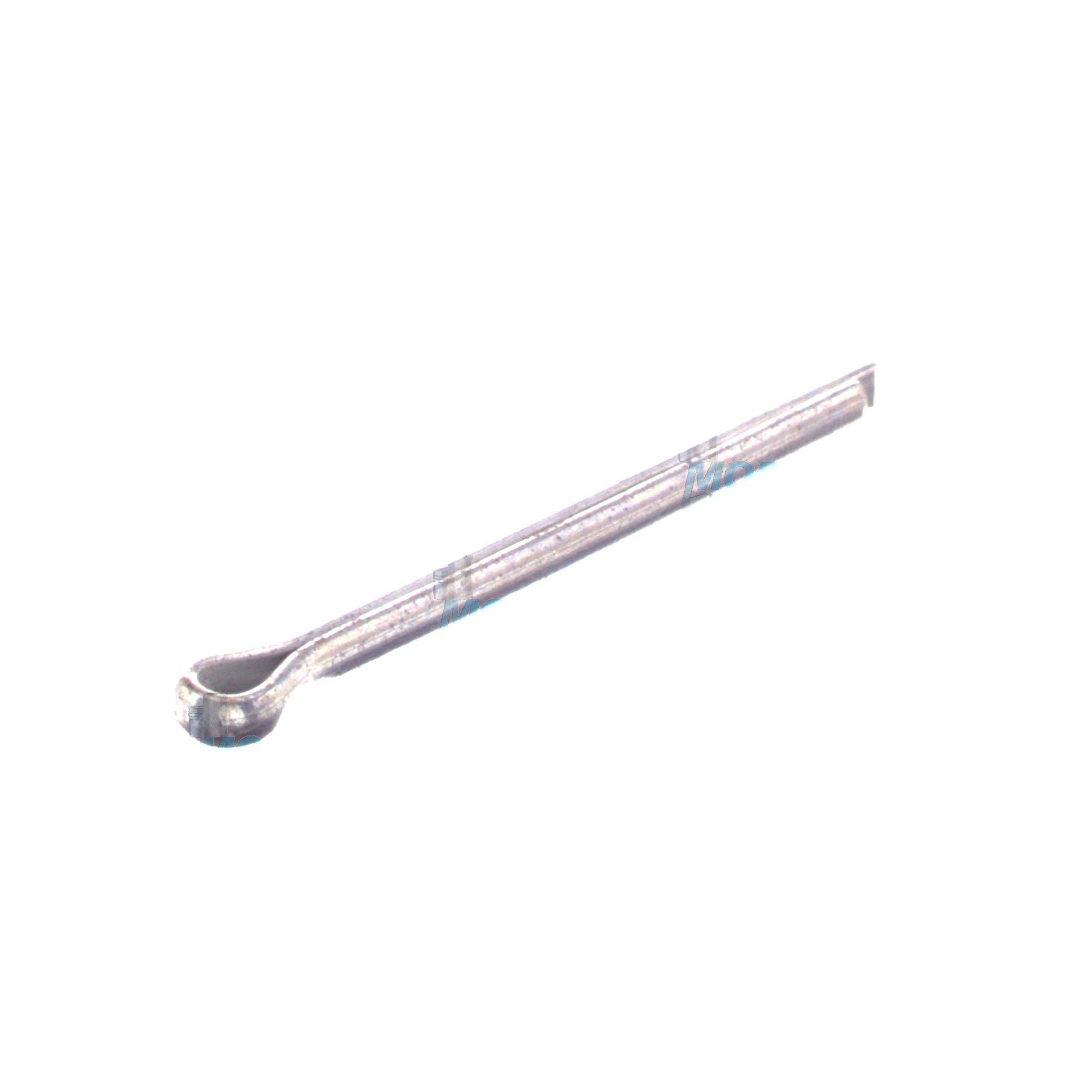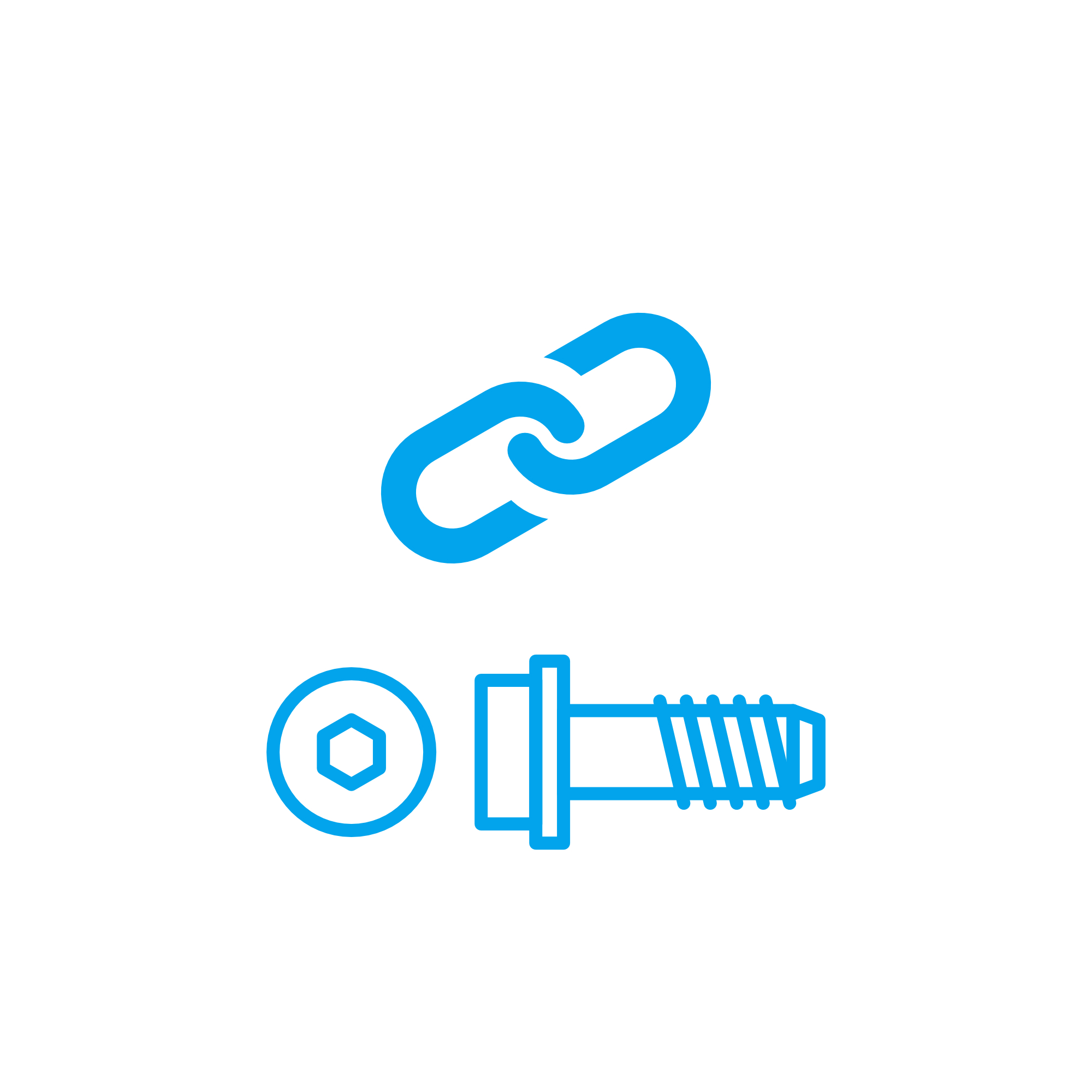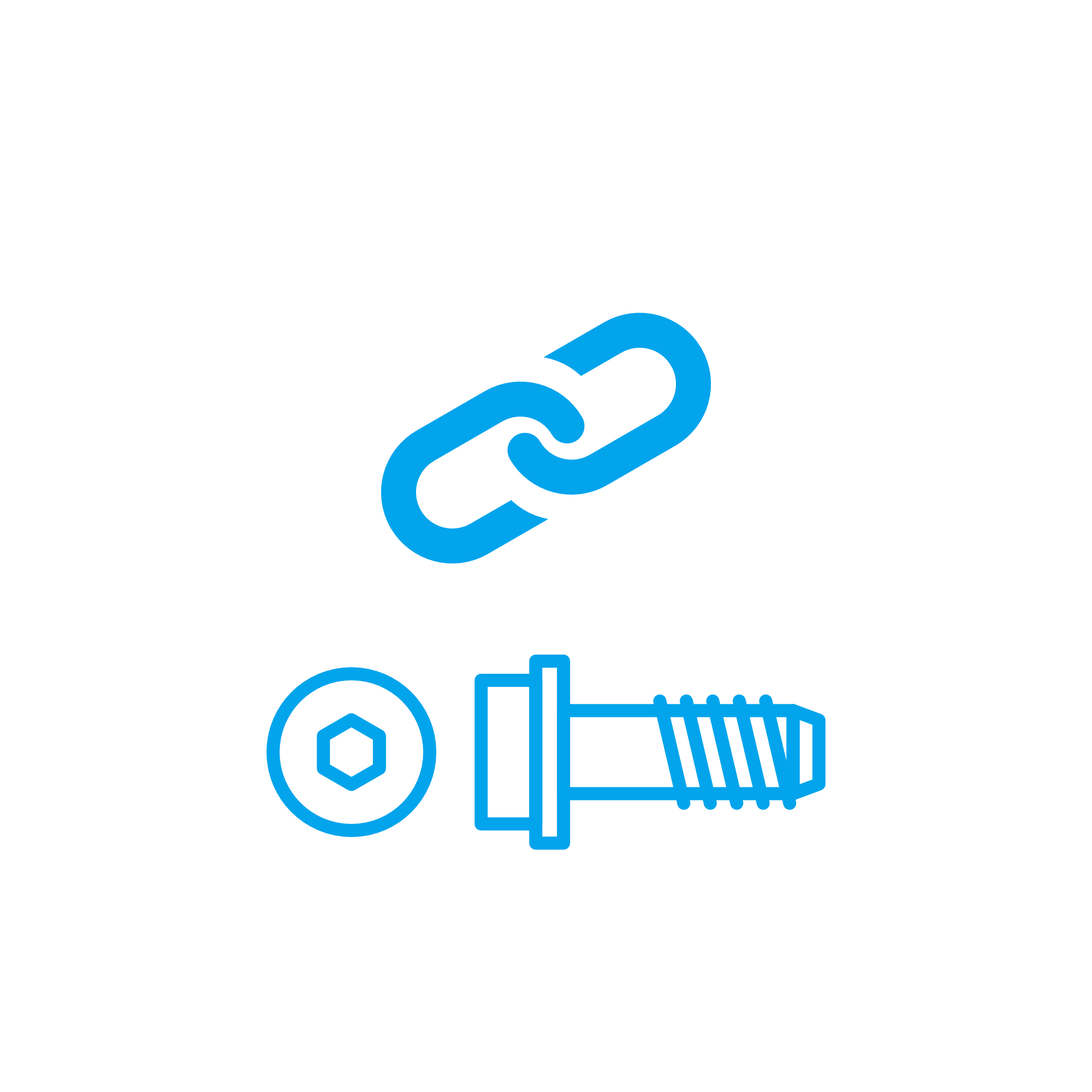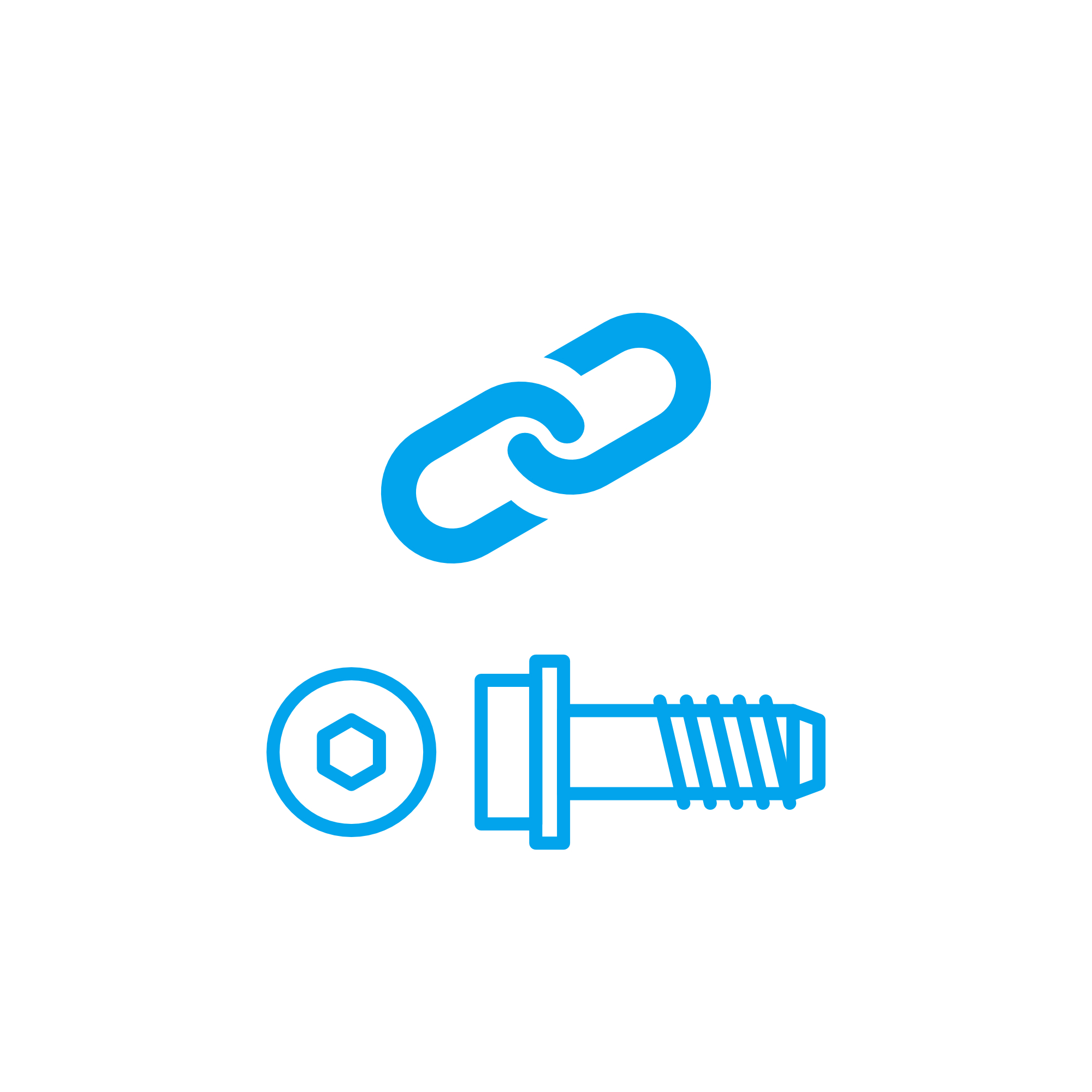SPLIT PIN and Connecting Elements for High‑Performance Engines
Connecting elements are the precision fasteners and locking devices that hold engines together and keep them running safely under extreme loads. This article category includes bolts, studs, nuts, washers, locking plates, and the indispensable split pin, each engineered to clamp, align, and secure critical assemblies. In marine and stationary power applications, these components are foundational to structural integrity, sealing performance, and consistent power output—without them, torque cannot be maintained, vibration cannot be controlled, and wear accelerates across the drive train.
Technical function of connecting elements and SPLIT PIN in an engine
Inside a diesel engine or gas engine, connecting elements establish and maintain a defined clamping force between mating parts. High‑strength bolts and nuts provide preload to resist dynamic loads, while washers and plates distribute stress and prevent surface damage. The SPLIT PIN plays a complementary safety role: inserted through a drilled shaft or fastener and bent over to lock a castellated or slotted nut, it provides a positive mechanical stop that prevents loosening when vibration, torsional pulsations, and shock loads are present.
In a SPLIT PIN marine engine configuration—common on shaft nuts, rocker gear pivots, and accessory drives—the pin acts as a last‑line retention device if frictional locking is reduced. When correctly sized and installed, it stops nut back‑off, protects keyways and threads, and preserves alignment until scheduled maintenance. For heavy‑duty diesel engine applications, SPLIT PIN OEM parts are typically made from spring steel or stainless alloys with controlled hardness to allow bending without brittle fracture and to resist shear in service. International standards such as ISO 1234 / DIN 94 define geometry, material, and tolerances to ensure repeatable performance.
Critical details that protect engine performance include selecting the proper pin diameter and length, matching the nut slot orientation, and observing the single‑use principle—once a pin is bent, it should be replaced. Correct installation angles (one leg fully folded over the nut, the other trimmed and bent to avoid snagging) prevent foreign object damage and ensure reliable containment under vibration.
- · High tensile strength fasteners maintain preload under cyclic loads.
- · SPLIT PIN locks castellated nuts against rotation in vibrating assemblies.
- · Precision threads and seat geometries deliver consistent torque‑to‑tension.
- · Surface treatments and stainless options enhance corrosion resistance.
- · Heat‑resistant materials sustain clamping force at operating temperatures.
- · Standardized dimensions (e.g., ISO/DIN) streamline maintenance and sourcing.
- · Traceability and clear replacement rules reduce operational risk.
Importance for engine operation, reliability, and service life
Robust connecting elements are essential to keep bearing caps seated, cylinder heads sealed, and rotating components aligned. Loss of preload due to wear, relaxation, or improper fastener selection leads to fretting corrosion, gasket leakage, and geometry shifts that cut efficiency and raise fuel consumption. If a SPLIT PIN fails or is omitted, a slotted nut can unwind under resonance, escalating to coupling loss, bearing destruction, or shaft damage—events that compromise safety and can cause unplanned off‑hire in marine operations.
Routine inspection programs should include torque verification for critical joints, visual checks for corrosion or deformation, and mandatory renewal of single‑use items such as split pins and certain locking plates. In high‑load zones—propulsion shafts, fuel pump drives, valve gear linkages—correct connecting elements directly influence uptime, emissions stability, and lifecycle costs.
Advantages of OEM spare parts suitable for connecting elements
Selecting OEM spare parts suitable for connecting elements ensures that metallurgy, heat treatment, and dimensional tolerances precisely match the engine maker’s specification. This precision safeguards preload, thread engagement, and locking performance across the full service interval. For SPLIT PIN diesel engine and gas engine applications, OEM parts provide validated shear capacity, ductility for correct leg bending, and consistent slot fit that non‑validated substitutes often fail to deliver.
Beyond mechanical fitness, OEM components preserve compatibility with mating parts and coatings, reducing the risk of galvanic mismatch or over‑hardness that can nick threads. Documentation and batch traceability support proactive maintenance planning and simplify audits in class‑regulated environments.
SPLIT PIN OEM parts: performance, reliability, budget, and service life
Using SPLIT PIN OEM parts in marine engine assemblies delivers measurable advantages:
- · Performance: Verified locking strength under vibration and cyclic torque.
- · Reliability: Consistent ductility and bend behavior prevent brittle failure.
- · Budget: Lower total cost of ownership through avoided rework and downtime.
- · Service life: Correct fit minimizes wear on nuts, shafts, and keyways.
MOPA – your partner for OEM parts in connecting elements
MOPA is an experienced and reliable partner for OEM spare parts in the category of connecting elements, including bolts, studs, nuts, washers, locking plates, and the SPLIT PIN. We focus on speed, quality, and security in the trade of OEM parts for diesel and gas engines. With efficient sourcing, strict inspection, and secure logistics, MOPA helps fleets, shipyards, and power plant operators receive the right components on time, with the traceability and technical clarity needed for critical maintenance windows.
From specifying the correct SPLIT PIN for a propulsion shaft nut to supplying complete fastener kits for cylinder head overhauls, our team supports you with application knowledge, documentation, and responsive delivery worldwide.
Conclusion: SPLIT PIN and connecting elements keep engines safe
Connecting elements underpin the structural integrity and efficiency of every engine, and the SPLIT PIN is a vital safeguard that prevents nut loosening in high‑vibration environments. Choosing OEM spare parts suitable for connecting elements ensures fit, strength, and durability, protecting performance and extending service life while controlling lifecycle costs.





